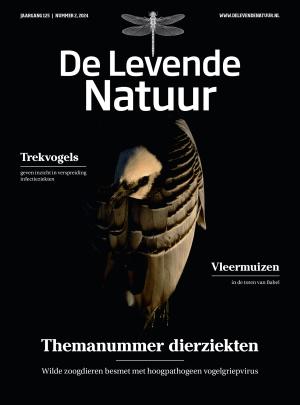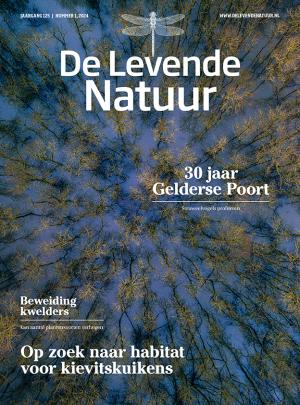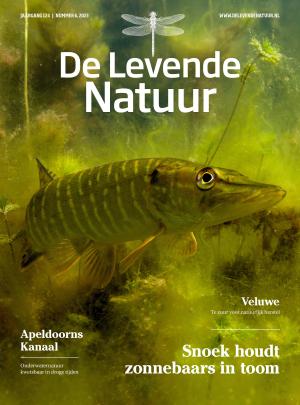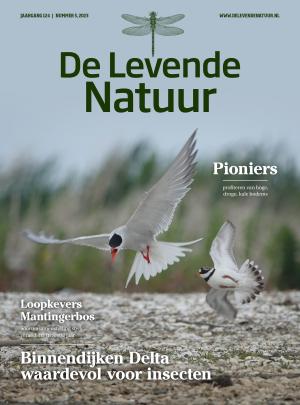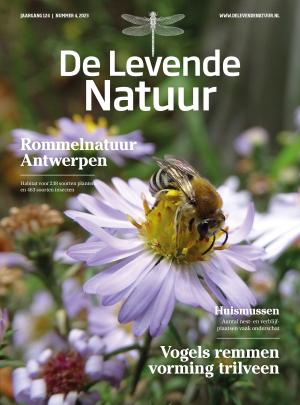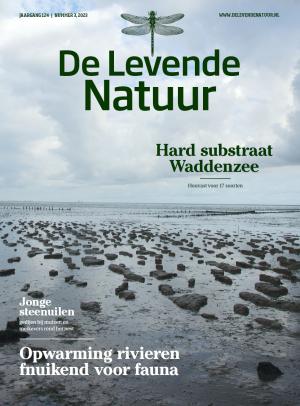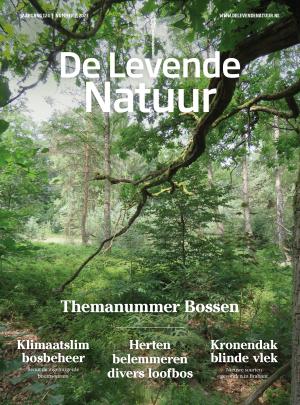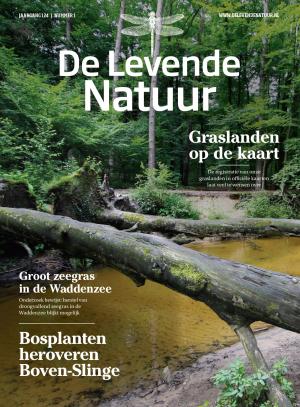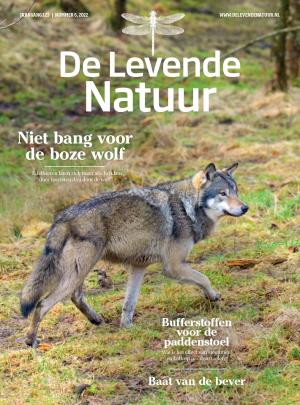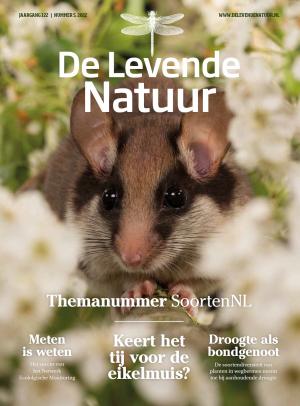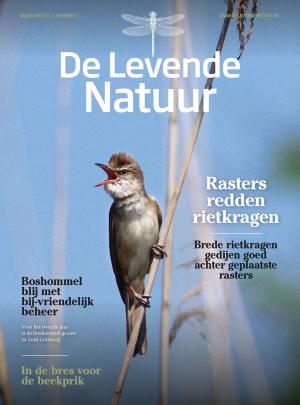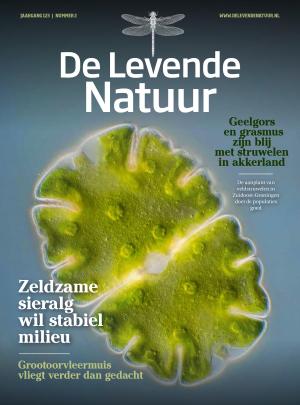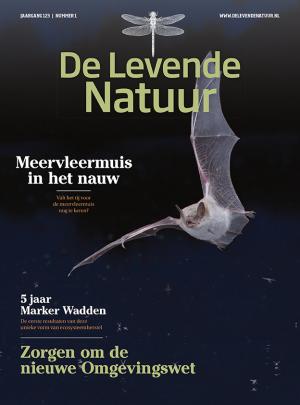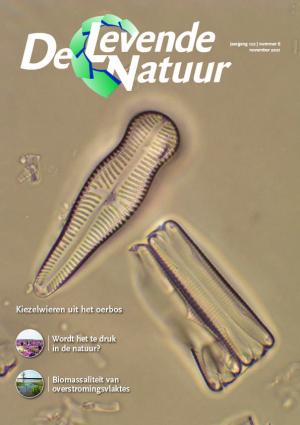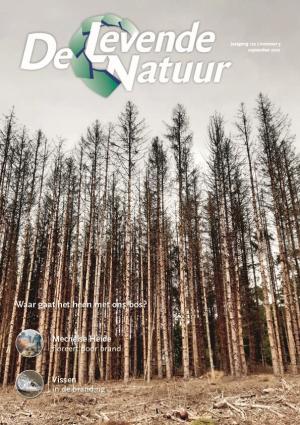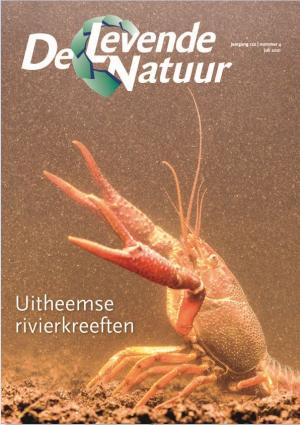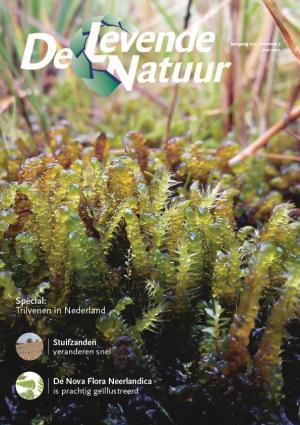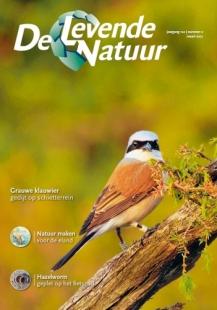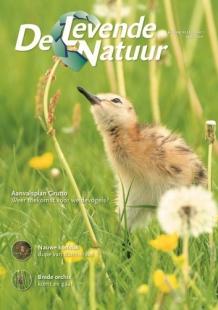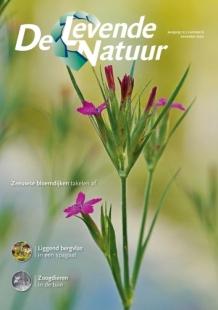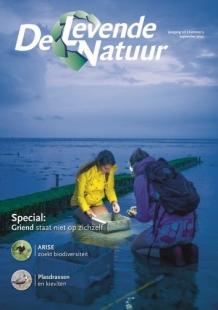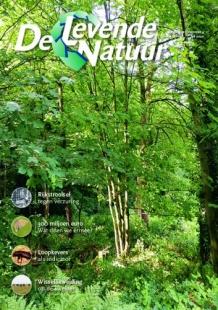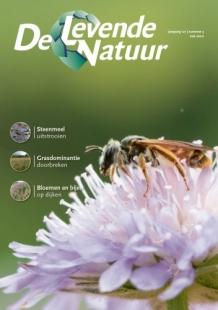Wij vinden privacy belangrijk. We gaan dan ook zorgvuldig met persoonsgegevens om. Lees er alles over in ons privacy-statement.
English summaries
The journal “De Levende Natuur” (title translates in “The Living Nature”) is published by an independent foundation of the same name. The journal was first published in 1896 and provides a forum for people interested in nature conservation, nature management, ecological and landscape research and nature and landscape policy within Flanders (Belgium) and The Netherlands. Articles, including graphs, tables, figures and references, are published in the Dutch language with an English summary. The journal and foundation are supported by large organizations in the field of nature conservation and nature management and research, such as Vereniging Natuurmonumenten, Staatsbosbeheer, De 12 Landschappen and several Dutch universities and research institutes.
The present board members are elected on profession and specialisation and mostly come from the organizations mentioned before. In order to be able to publish as broad a spectrum as possible of articles on nature management, restoration and policy, the editors are also broad oriented. The composition of an editorial team is determined by diversity in professional discipline needed for the next issue, so guest editors will be contacted is needed.

